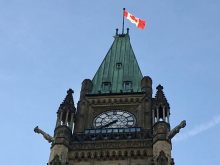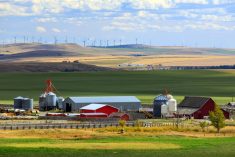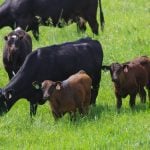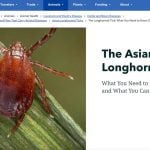Canada’s federal, provincial and territorial ministers for agriculture have agreed on the bones of a new five-year policy funding framework, committing them to a review of its business risk management (BRM) programming.
The ministers came out of three days of meetings Friday in St. John’s with the “key elements” of a five-year, $3 billion framework, to be dubbed the “Canadian Agricultural Partnership,” taking over from the Growing Forward 2 (GF2) framework effective April 1 next year, maintaining the same level of funding.
The new framework is set to focus on six “priority areas” including business risk management; science, research and innovation; markets and trade; environmental sustainability and climate change; value-added agriculture and agrifood processing; and “building a firm foundation for public trust in the sector” through food safety, quality assurance and regulation.
Read Also
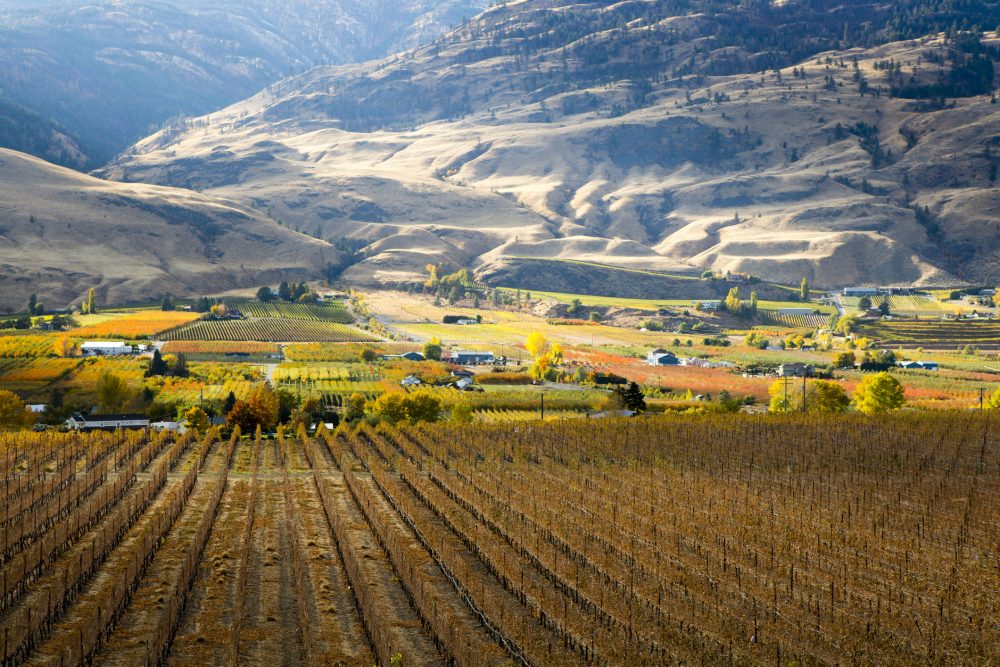
B.C. farmers to receive increased AgriStability supports
B.C. farmers to receive bump in AgriStability compensations due to weather concerns, international trade instability
The governments pledged to run a review of BRM programs “to assess program effectiveness and impact on growth and innovation,” with “an early focus on the ability of the programs to respond to market risk, with a specific focus on AgriStability.”
Based on the “early findings” of the review, they said, “options will be brought forward for consideration at the July 2018 ministers’ meeting to improve timeliness, simplicity and predictability, and that are cost-neutral.”
The AgGrowth Coalition, which includes member groups such as the Canadian Federation of Agriculture and Grain Growers of Canada, said Friday it’s “hopeful that industry will be actively involved in a (review) process, that is both comprehensive and timely.”
Changes to AgriStability
The participating governments said the new framework will respond to “industry concerns regarding eligible coverage” under the BRM’s income stabilization program, AgriStability, aimed at ensuring “a more equitable level of support for all producers.”
Specifically, starting in the 2018 program year, AgriStability’s reference margin limit (RML) will be capped, so farmers from all sectors get “improved access to support under the program, regardless of their cost-structure,” the governments said Friday in a release.
The capped RML, the governments said, will guarantee all producers at least 70 per cent of their reference margin.
A new $250 minimum payment will also apply under AgriStability.
Also, the governments said, a “late participation” mechanism has been added to AgriStability that provincial/territorial governments can trigger to allow producers to enter the program late, in situations where there’s a “significant” income decline and a gap in participation.
That mechanism, they said, will only be triggered in response to “significant events.” Benefits will be reduced by 20 per cent for producers who enrol late, to encourage farmers’ regular annual enrollment.
The new mechanism, they said, is meant to allow governments, should they choose to trigger it, to ensure all farmers can access AgriStability support when a significant decrease in revenue “threatens the viability of the farm.”
Saskatchewan, for one, has “no intention of triggering late participation under any circumstances in the province,” provincial Agriculture Minister Lyle Stewart said Friday in a separate release.
The province, he said, “does not support late participation in AgriStability as we believe it goes directly against the principle of proactive risk management and does not fix a problem producers have identified.”
However, he said, “in order to reach a deal, the other benefits of this agreement made it important for Saskatchewan to sign on to continue to provide uninterrupted programming for our producers.”
Cuts to AgriInvest
Changes will also be made to the AgriInvest BRM program, the governments said, reallocating funding to “ensure a more equitable level of support for all producers in the AgriStability program,” and “to keep these changes cost neutral.”
Starting in the 2018 program year, maximum allowable net sales (ANS) eligible under AgriInvest will be reduced to $1 million, from $1.5 million.
Annual government matching contributions will be limited to $10,000 per AgriInvest account, down from $15,000. The minimum AgriInvest payment will be “adjusted” from $75 to $250.
Grain Farmers of Ontario, in a separate release Friday, criticized the cuts to AgriInvest as “unexpected” and “a unilateral decision made by the federal government.”
“With the exception of crop insurance, AgriInvest is the only program, within the suite of risk management programs, that works well for our farmer-members and we hope for much more appropriate and effective steps forward through this review process,” GFO chair Mark Brock said Friday.
GFO said it’s “disappointed that the federal government has adjusted this important program, ahead of the comprehensive review of the whole suite of programs. As the review process moves forward, it is critical that effective programs, like AgriInvest, do not suffer.”
The Saskatcnewan government on Friday, meanwhile, noted it’s “pleased” the Western Livestock Price Insurance Program (WLPIP) will continue under CAP. — AGCanada.com Network




